Hiking Tips For Being Prepared
Hiking is an “at your own risk” activity meaning the hiker assumes all risk and responsibility for themself on the trail. With that in mind, being prepared is the most important thing you can do to have a more enjoyable and safer hiking experience. It’s so important that it’s the No. 1 Leave No Trace and Appreciate AZ principle. Being prepared is the foundation to the rest of the principles and something we’ve worked to make part of our routine, continuing to refine each trip and hike. There are many things we both wish we knew before we started to explore the outdoors more! Below are some hiking tips that include gear and planning considerations that we hope you find helpful!
A Good Pair of Shoes Matter

One of our first hiking tips is hiking shoes! You do not need the most expensive gear out there, but a pair of shoes or boots with good traction is important. When Lauren first started hiking she wore an old pair of Nikes and she ended up falling on a hike because they didn’t have any traction. Her first pair of hiking boots were from Columbia Sportswear. They are a good pair of boots at a fair price point. Additionally you can get slightly used boots second hand at the REI garage sale at usually a significantly cheaper price.
Everyone’s feet are different. Lauren tried Oboz in the past and they didn’t work based on her foot shape and arch location. Today, we both love and wear Salomon boots. We always recommend to go to REI or a local sporting goods store to have them measure your feet to see what would work best for you. Ask for footwear expert if they have one on staff!
Always Bring More Water Than You Think You Need
This is said often, but it is absolutely critical, especially when hiking in the desert. Far too often we see hikers without any water at all. It’s recommended to bring 0.5L per a mile planned in the desert. For most day hikes we bring 2.5 – 3 liters of water. We recommend to get a pack with a reservoir. There are a lot of options out there! We mainly use Osprey and we both have a Camelbak as our smallest pack. This Camelbak is a great starter pack.
We don’t rely on water at the trailhead. Typically, we fill up at home or bring water to fill our reservoirs in the parking lot. And for longer hikes we will bring additional water to keep in our side pockets or main compartment. Don’t forget your snacks!
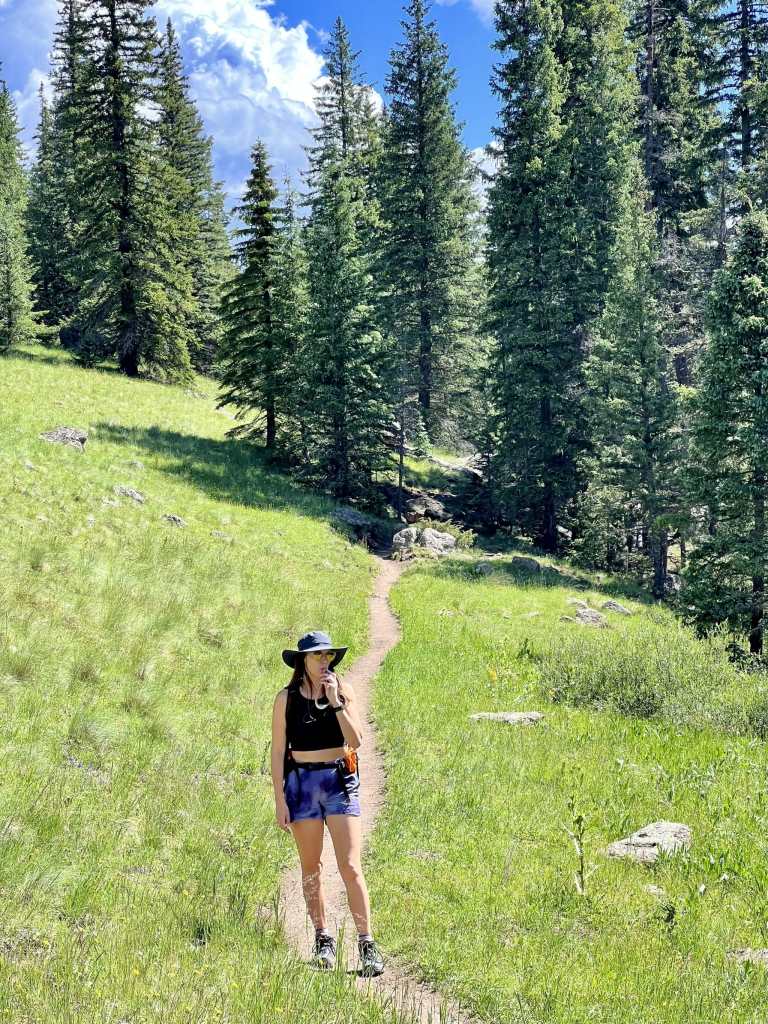
Ease Your Way Into Hiking & Know Your Limits

You don’t have to start off with hardest hike. The best way to get into hiking is to start with small hikes with little to no elevation and build you way up! Get used to walking on uneven terrain, over rocks, working smaller muscles for balance. It’s equally as important to know you limits. You don’t have to hike to the top of the mountain every time. Think to yourself, can I make it back on my own? It’s okay to turn around!
When Lauren first started hiking she would pick shorter trails with small elevation gain, less than a few hundred feet. Eventually, she started working her way up to trails like Tom’s Thumb & Dobbins Lookout. While these hikes were still hard for her at the time it was better to ease her way into it!
Use Navigation
We use AllTrails to find a lot of the trails we want to hike and find it very much worth it to have the paid version, called AllTrails +. With the paid version we download the maps for offline use before we hike. This means the map is stored on our phone and we don’t need cell phone service or wifi to pull up the map on the app. While using the map with no cellphone signal you can still see your exact location thanks to GPS signal in your phone – GPS does NOT require cellphone signal. There are other navigation and map services you can use as well.
We also have a Garmin InReach Mini. It’s mostly used for communication, but if we have an emergency we can immediately send an SOS message for help. It has made us feel a lot better in very remote locations. The InReach can connect to a mobile app on your phone and you can see an accurate Garmin map with your location.
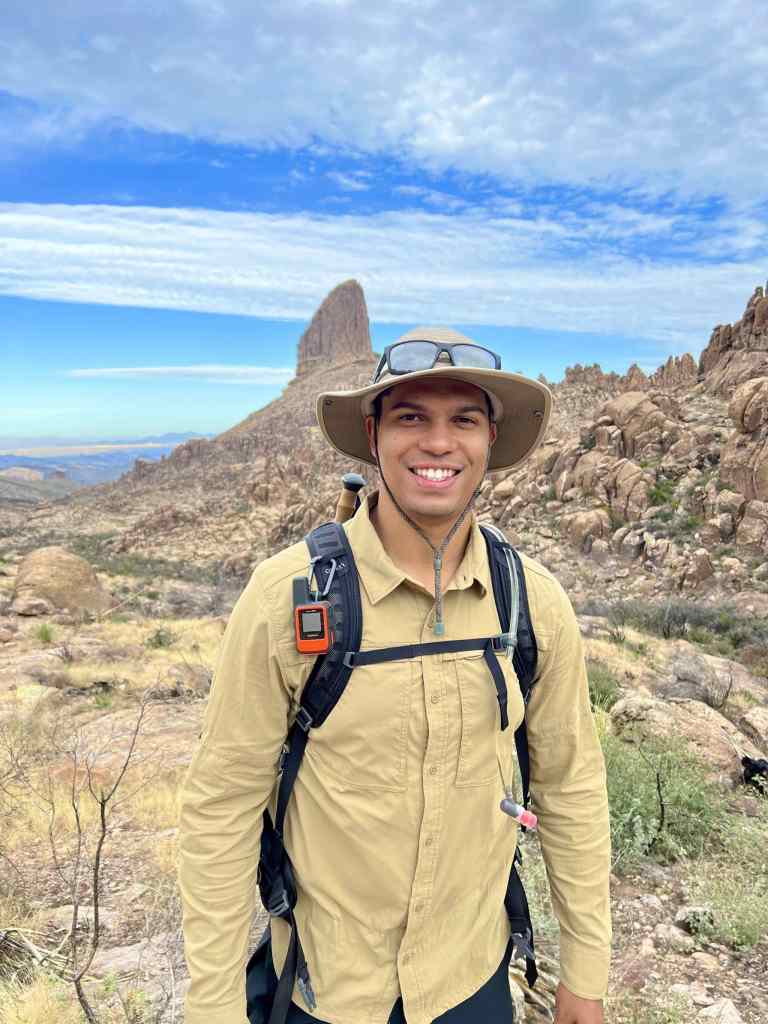
Bring a First Aid Kit
We always carry a first aid kit! You never know what could happen. Lauren has been stung by a bee on trail and has cut herself on a cactus. The first aid kit helped in those two situations and others.
There are additional safety items we always bring for those “just in case” situations. Many of the items we hope we never have to use, but always like to bring them because the wilderness is unpredictable, and being prepared is critical. You can check what we always bring here.
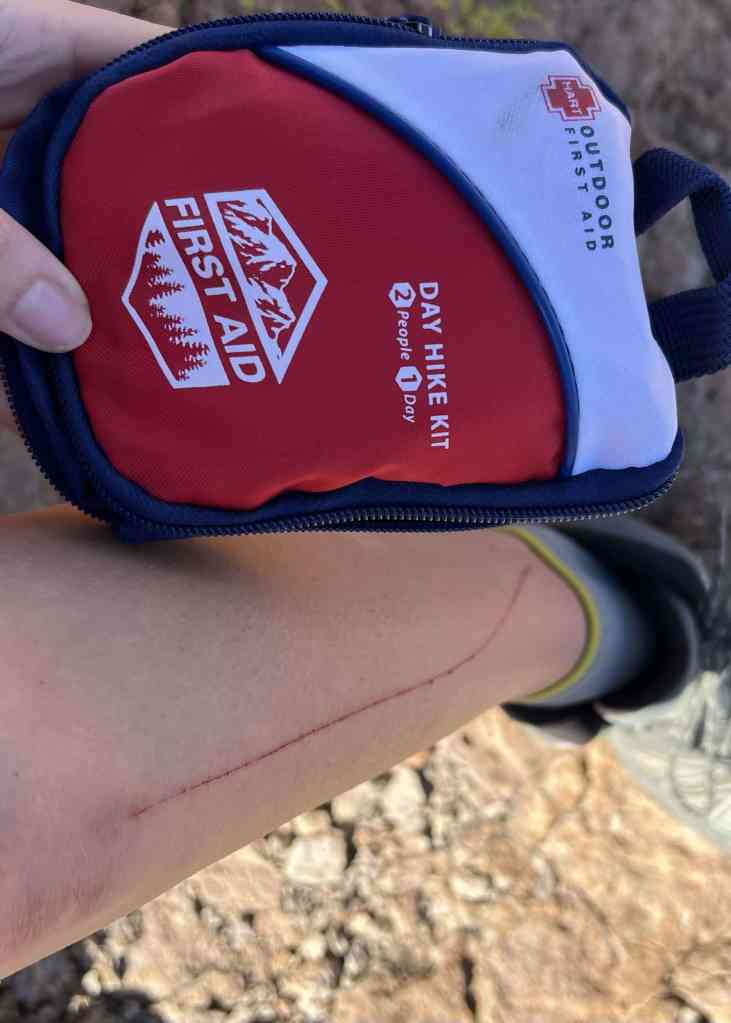
Understand Trail Etiquette
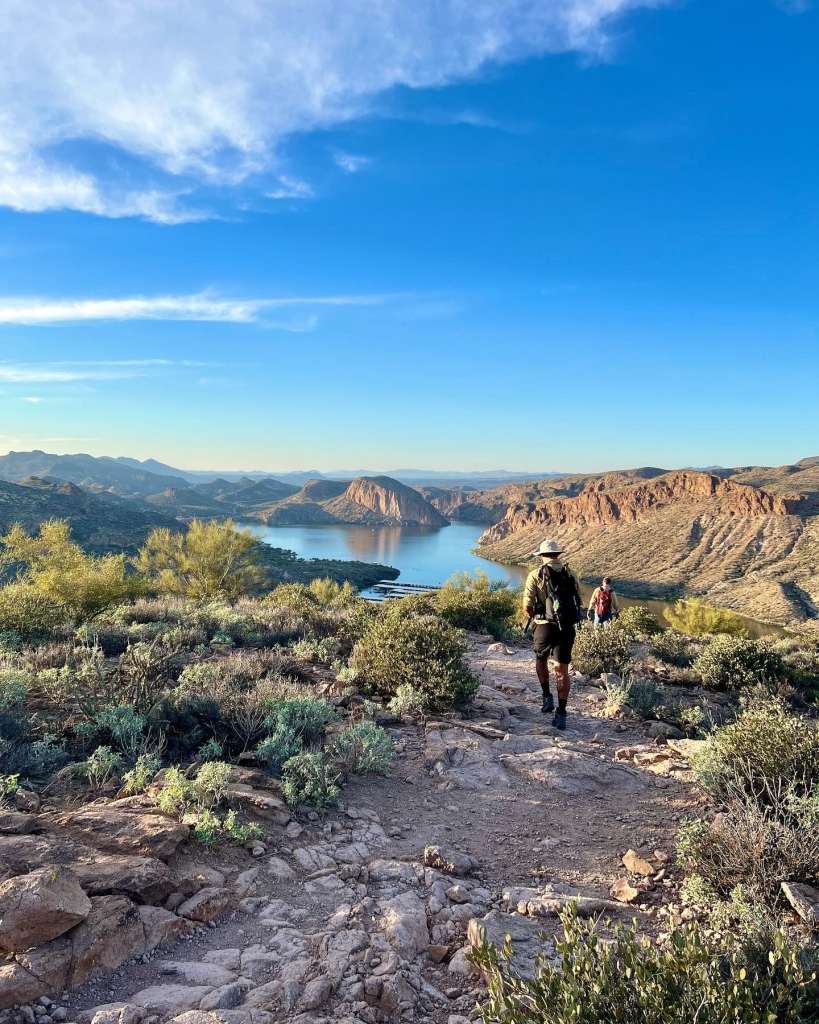
When hiking be sure to follow trail etiquette:
- Downhill hikers should yield to uphill hikers. Runners and hikers yield to equestrians. Bicyclists should yield to everyone. Pro Tip: it’s easier to get out of the way of mountain bikers so we usually just step to the side
- Be vocal when trying to pass someone and move to the side when people are trying to pass. Try to not take up the entire trail
- Don’t listen to music loudly on trail
- Follow the Leave No Trace principles
- Be friendly and courteous. Greet other folks with a simple “Hello!” or “Nice day today!”
Check The Weather
We cannot stress this hiking tip enough! The weather can change quickly and sometimes without warning. It is so important to check the weather often before a hike or any type of outdoor activity. Be mindful of areas that are prone to flash floods!
It’s also important to understand the high’s and low’s. In the desert it can be drastic. Be prepared and always make sure you wear sun protection! The heat and direct sun exposure can compound quickly to cause dehydration, heat rash, and distress. Check out what we wear for sun protection here.

Always Be Rattlesnake Aware
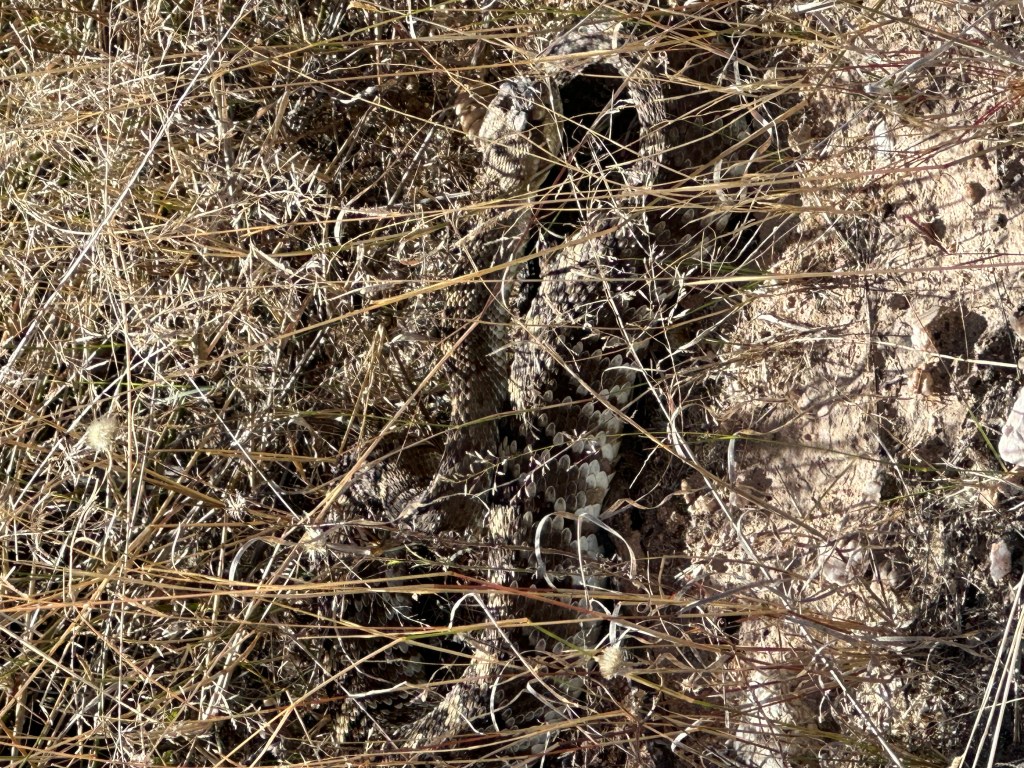
This is one we get asked about a lot! Most of the rattle snake sightings we had occurred at sunrise and sunset, likely because that is when they hunt. Usually, but not guaranteed, rattlesnakes will warn you that they’re nearby, either with a loud rattle or a hiss. They don’t want to be bothered by humans. Rattlesnakes can’t hear, but they can feel vibrations through the ground. A lot of the time we hike with our hiking poles and hit them harder on the ground so the snakes know we are there.
If you see a rattle snake on the trail don’t attempt to move it! And please do not harass it. Rattle snakes do not want to attack humans; we are not their prey. However, they will defend themselves and release venom when biting. If there is a safe way around the snake walk around, but if there isn’t, either wait until the snake is gone or turn back.
Other hiking tips to consider: GYM WORKOUTS
Lauren started to go to Orange Theory shortly after she started to get into hiking. She didn’t like how out of breath and difficult hiking felt. She started by going twice a week and now she goes four times a week! It has definitely improved her stamina and muscle strength, and overall has helped her become a better hiker. Owen goes to a personal trainer four times a week. Working out is NOT a requirement to get into hiking, but we personally have found it helpful.
To learn more about the gear we bring on our hikes and in some of the photos above, CLICK HERE




